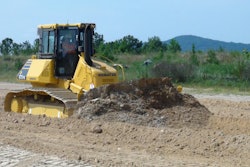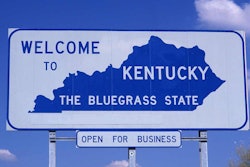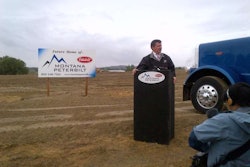
In Florida Power & Light Company v. Russell Engineering, Inc., 2012 WL 3326341 (decided Aug. 15, 2012), a Florida court of appeals held that statutes governing an award of damages against a utility company regarding utility conflicts with road construction did not provide the contractor’s exclusive remedy. Instead, the contractor was allowed to also pursue the utility on a negligence theory. As a result, the court affirmed a judgment in the contractor’s favor, including an award for increased direct costs and delay damages.
This case arises from a road project in the Miami area. The county contracted with Miller Legg (Miller) to act as the county’s engineering and inspection consultant. Miller prepared the project plans. Russell Engineering (Russell) was the low bidder.
In July 2000, Russell and the county entered into a contract for the project. The plans required Russell to install a 24-inch reinforced concrete drainage pipe, at one point over an existing Florida Power & Light (FPL) utility duct bank that was buried at an intersection and encased in concrete.
On April 30, 1999, the county sent FPL a letter pursuant to Sections 337.403 and 337.404 of Florida statutes, requesting FPL to remove or relocate any conflicting utilities. The letter included preliminary plans. FPL never removed or relocated its duct bank.
Internally, FPL identified a potential problem regarding the drainage pipe and duct bank. An internal memo dated July 15, 1999 stated that a “soft dig” should be performed to verify the depth of the duct bank to ensure the drainage pipe could be constructed over the duct bank, as this would “save [FPL] a lot of headaches down the road.”
FPL did not verify the depth of the duct bank. Instead, FPL relied upon its own defective “plan and profile” drawing that showed an incorrect elevation for the duct bank. FPL submitted this incorrect drawing to Miller, who used the drawing to create the final plans. Based on this incorrect “plan and profile” drawing, Miller determined there was enough clearance for the drainage pipe.









